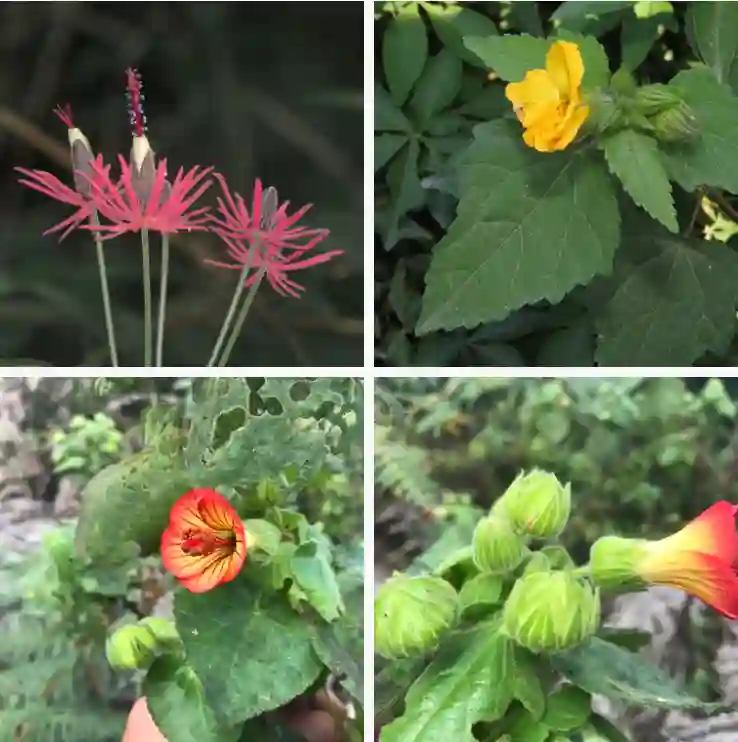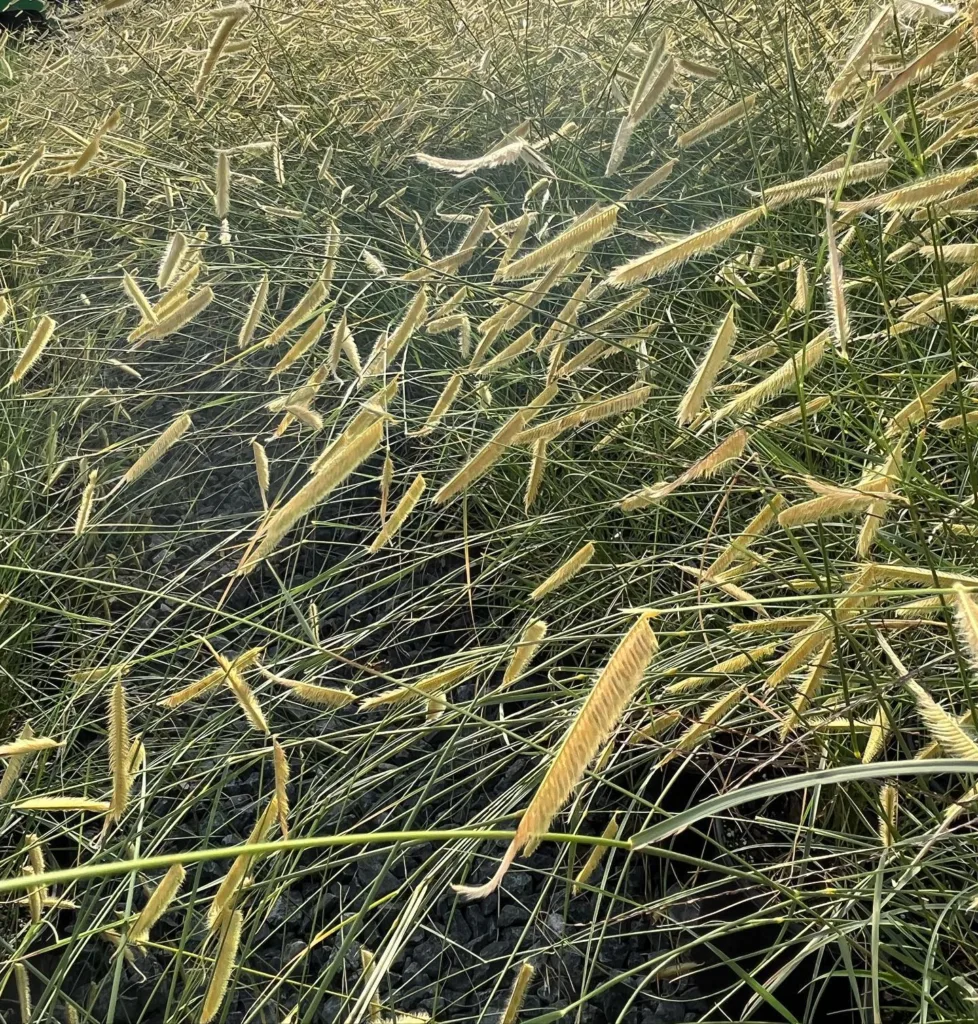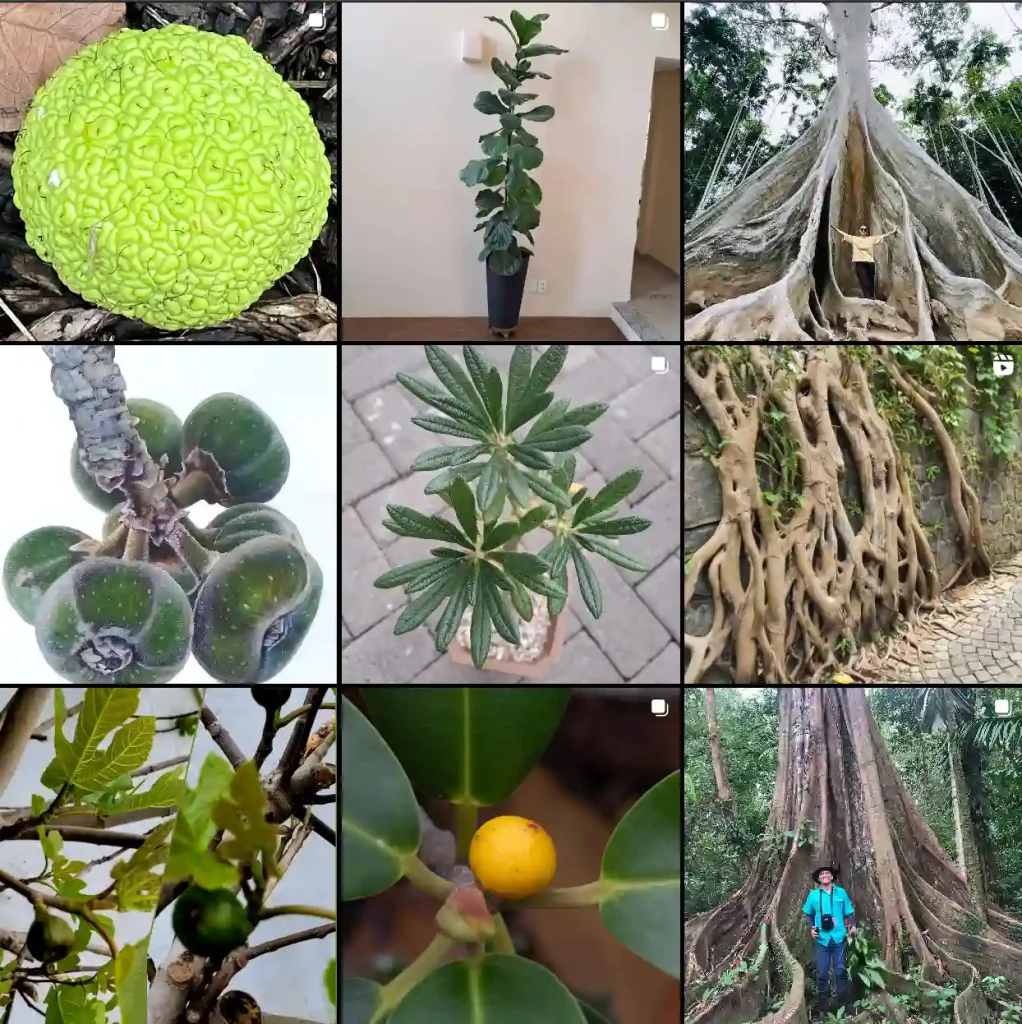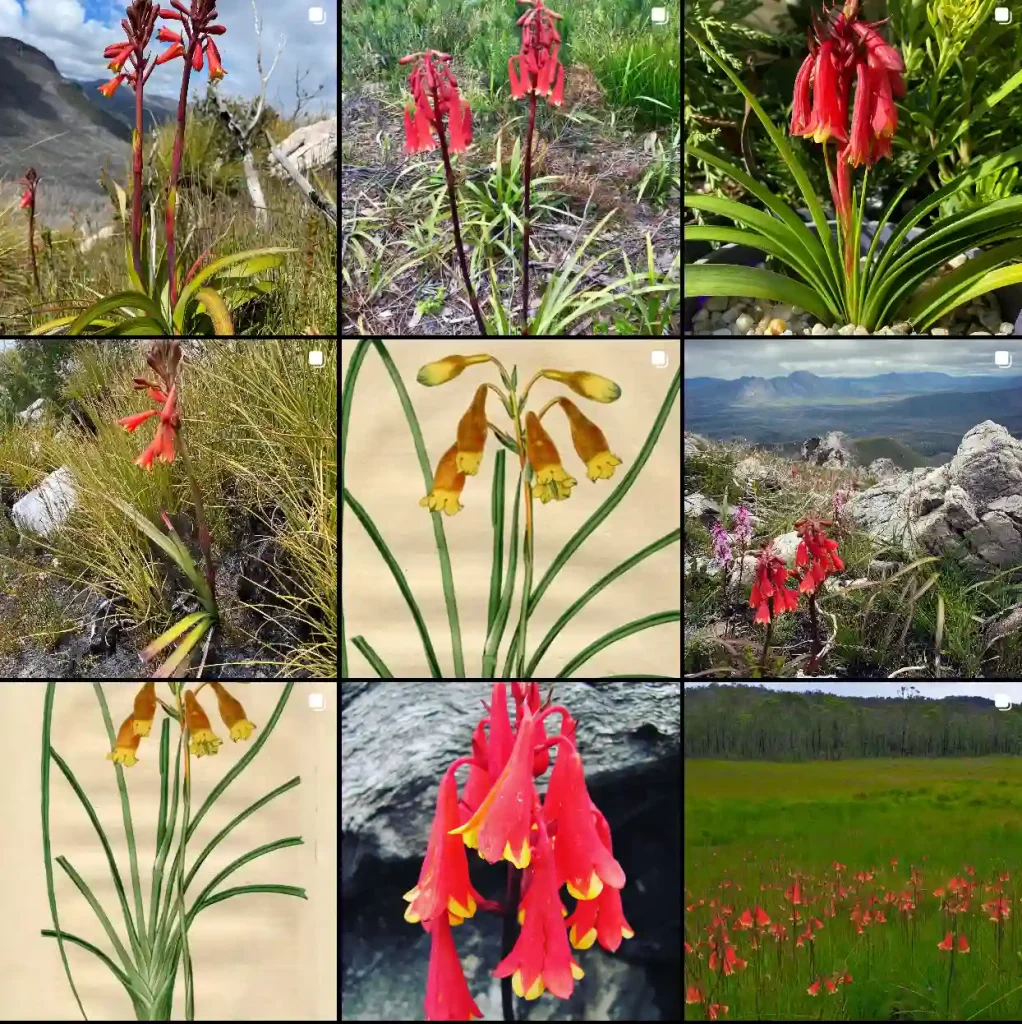Prunella: A Closer Look at a Hardy and Versatile Genus
My name is Ferb Vu, and I’ve always been fascinated by the plant world. Lately, I’ve become particularly interested in the genus Prunella, a group of hardy and versatile plants that belong to the mint family, Lamiaceae. These plants, often referred to as self-heals, heal-all, or allheal, have a rich history of use in traditional medicine and possess a unique charm that has captured my attention.
Diverse Species Within the Genus
The Prunella genus boasts a variety of species, each with its own distinct characteristics and distribution. Some of the most notable members include:
- Prunella vulgaris (Common Self-heal): This widespread species is native to Europe, Asia, and North Africa but has become naturalized in many other parts of the world, including North America. It is known for its ability to thrive in a variety of habitats, from grasslands and meadows to woodlands and disturbed areas.
- Prunella grandiflora (Large-flowered Self-heal): As its name suggests, this species is characterized by its large, showy flowers, which are typically purple or violet in color. It is native to Europe and Asia and is often cultivated as an ornamental plant.
- Prunella laciniata (Cut-leaved Self-heal): This species is distinguished by its deeply cut leaves, which give it a unique appearance. It is native to Europe and is often found in dry grasslands and rocky areas.
- Prunella orientalis (Oriental Self-heal): This species is native to Asia and is known for its delicate, pink or white flowers. It is often found in mountainous regions.
- Prunella albanica: This species is native to the Balkans, where it grows in rocky areas, producing vibrant purple flowers that attract pollinators.
- Prunella × codinae: A hybrid Prunella, this plant combines traits from multiple parent species, offering a variety of forms and adaptable growth in garden settings.
- Prunella cretensis: Endemic to Crete, this species is a low-growing plant with delicate purple blooms that thrives in Mediterranean climates.
- Prunella × dissecta: Known for its deeply dissected leaves, this hybrid Prunella adds interesting foliage texture alongside its purple flowers.
- Prunella × gentianifolia: This unique hybrid is a blend of Prunella traits, showcasing pale violet flowers with an upright, clumping growth habit.
- Prunella hyssopifolia: Found in alpine and subalpine regions, this species has narrow leaves resembling hyssop and displays small, clustered flowers.
- Prunella × intermedia: A natural hybrid, it has intermediate traits between its parent species, with violet flower spikes and a spreading growth pattern.
- Prunella prunelliformis: This unusual species has prunella-like characteristics but exhibits a unique floral structure, thriving in mountainous areas.
- Prunella × surrecta: This hybrid features erect flower stems and deep purple flowers, making it an attractive addition to wildflower meadows.
Characteristics of Prunella
Prunella species share several key characteristics that make them easily recognizable. They are typically low-growing, herbaceous plants with square stems and opposite leaves. Their flowers are arranged in dense, terminal spikes and come in a range of colors, including purple, violet, pink, and white. These plants are also known for their hardiness and adaptability, able to thrive in a variety of conditions.
Traditional Uses and Modern Research
Prunella has a long history of use in traditional medicine, particularly in Europe and Asia. The common self-heal (Prunella vulgaris) is the most widely used species and has been traditionally employed to treat a variety of ailments, including wounds, sores, sore throats, and internal bleeding. Its purported medicinal properties are attributed to its high content of tannins, flavonoids, and other bioactive compounds.
Modern research has begun to explore the potential health benefits of Prunella. Studies have suggested that extracts from Prunella vulgaris may possess anti-inflammatory, antioxidant, antiviral, and antibacterial properties. While more research is needed to fully understand the therapeutic potential of Prunella, these preliminary findings are promising.
Cultivating Prunella in Your Garden
If you’re interested in adding Prunella to your garden, you’ll be pleased to know that these plants are relatively easy to cultivate. They prefer moist, well-drained soil and can tolerate a range of light conditions, from full sun to partial shade. Prunella can be propagated from seed or by division and are generally low-maintenance plants.
A Genus Worth Exploring
In conclusion, Prunella is a fascinating genus of plants that offers a combination of beauty, versatility, and potential health benefits. Whether you’re a seasoned gardener or simply appreciate the wonders of the natural world, I encourage you to explore the diverse world of Prunella.
If i die, water my plants!



